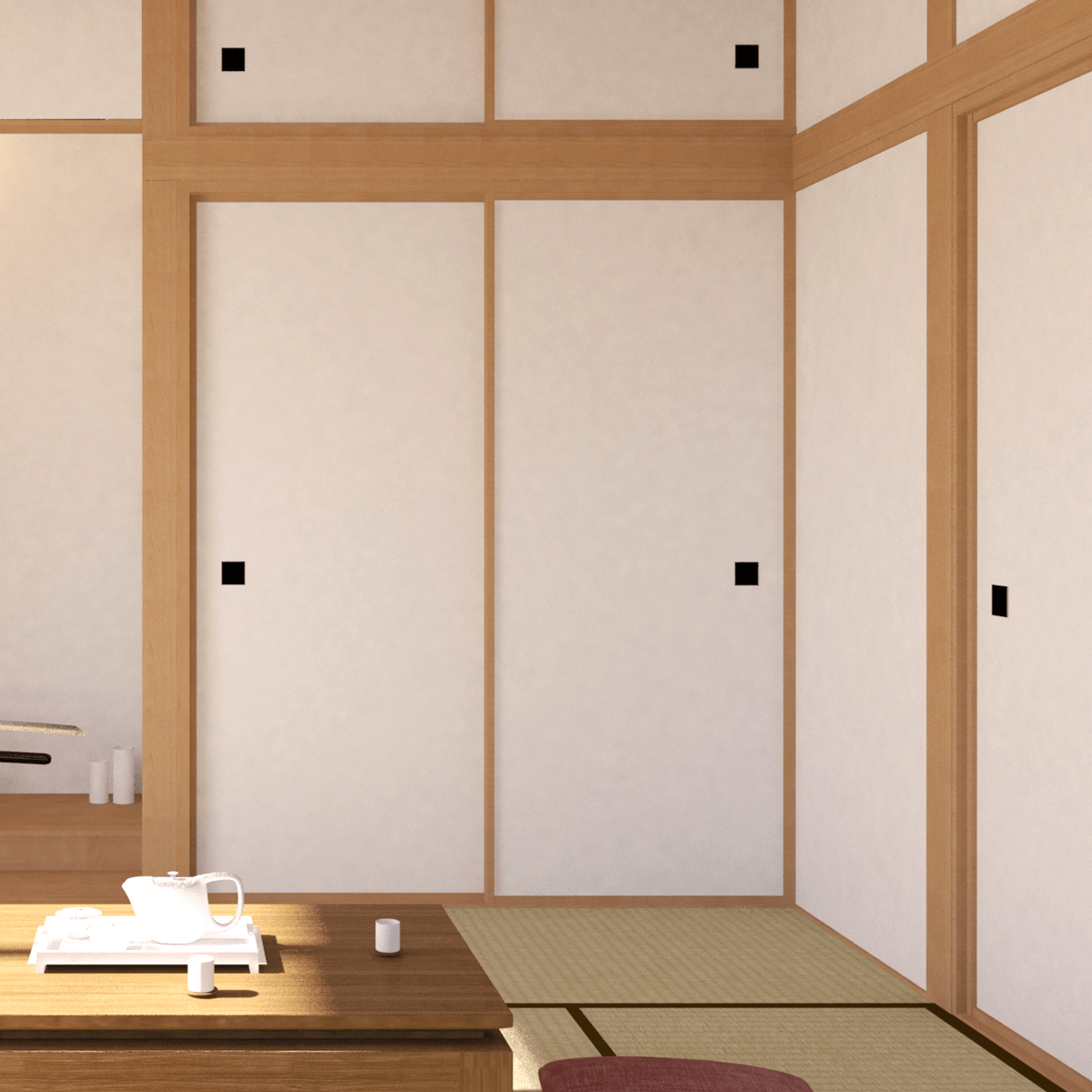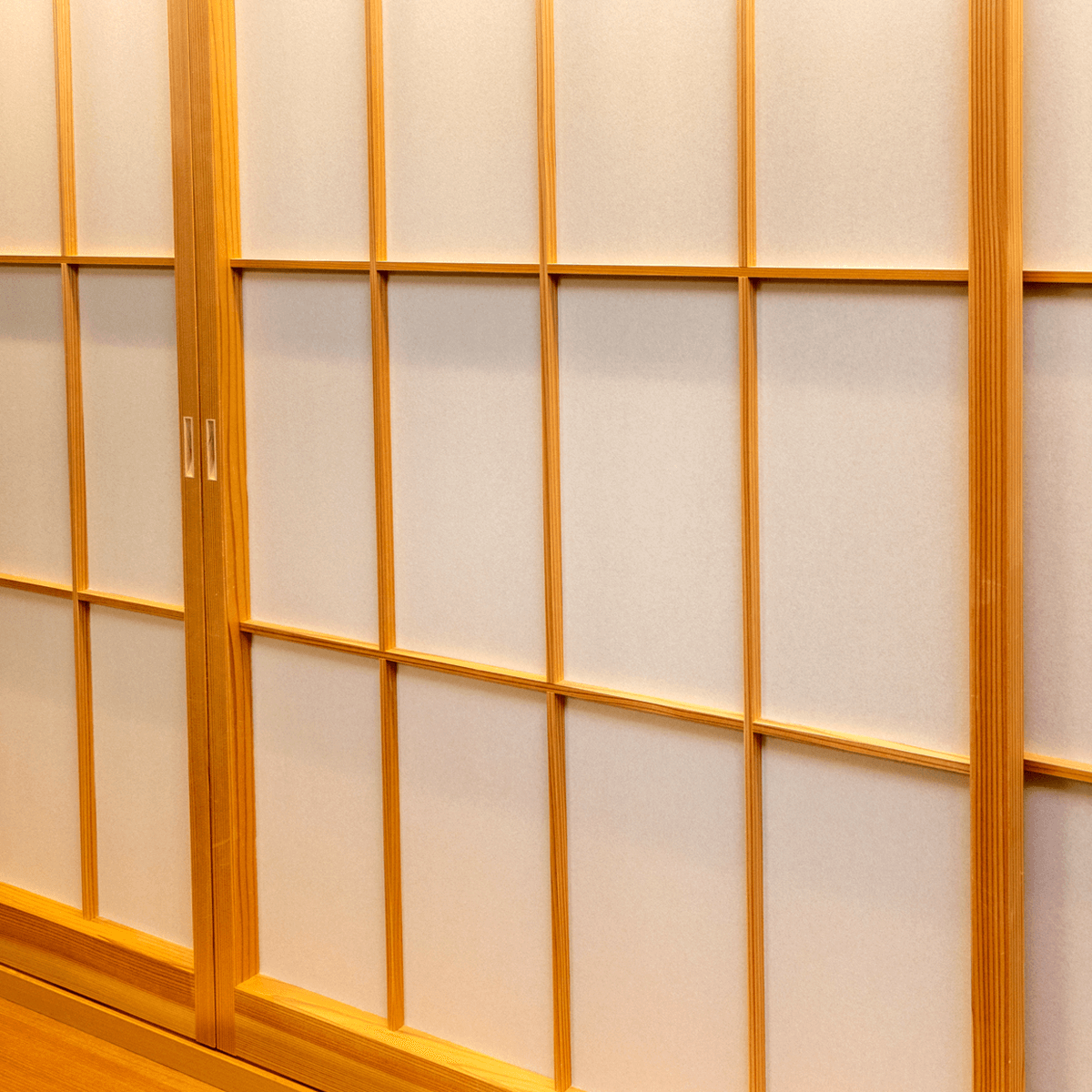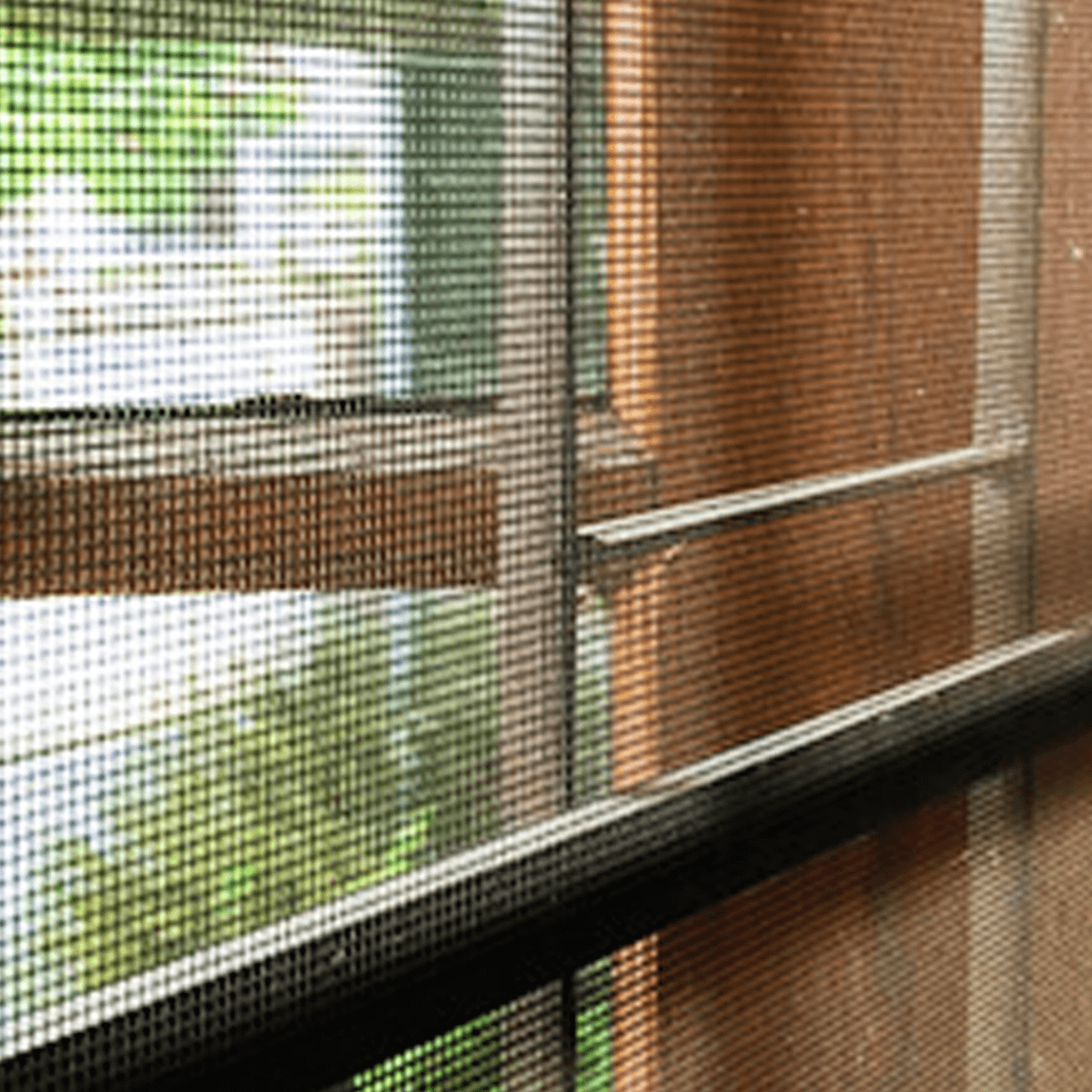PRODUCTS
TOP
- PRODUCTS
TATAMI
Traditional flooring materials
of Japan.

A unique culture borne from the climate of Japan.
Tatami mats were created as floor coverings in ancient Japan to allow people to live comfortably in a climate that is humid and accompanied by intense changes in the weather.
A wild plant introduced from India known as “soft rush” was improved through cultivation, and techniques were developed to weave the leaves into a mat, creating the tatami’s form that has been handed down unchanged for more than a thousand years. With a texture and fragrance that is unique to “soft rush”, coupled with a refined touch and a high level of comfort, tatami mats are an indispensable part of the lifestyles and serenity of the Japanese people even today when other flooring has become common.
A tatami mat is a furnishing that “breathes”.
One of the features of a tatami mat is its excellent “humidity adjustment” capability. In Japan, the climate alternates between a hot and humid summer and a cold and dry winter every year.
Amid such harsh climatic changes, a tatami mat serves to stabilize the humidity of a space at a constant level, as if it is a living thing that breathes.
The raw material of a tatami mat is “soft rush”, a plant that is made up of fine fibers. The inside of this plant has a structure resembling a sponge that contains a lot of air. This air sponge absorbs moisture when the air is moist, and conversely, it releases moisture when it is dry, as if it is really breathing.
INQUIRIES
FUSUMA
Fittings used for
room partitioning.

Traditional sliding doors to adorn a Japanese-style room.
A fusuma is a sliding door that is used mainly to partition a Japanese-style room. Like the tatami mat, it has been handed through the ages to the present day, remaining almost unchanged for more than a thousand years. Since ancient times, the fusuma has also been loved as a work of art to adorn the lavish homes of the samurai and those in power. Gorgeous drawings painted on fusuma have also been left behind in modern times as valuable historic relics.
In the modern age, its use has also spread to ordinary homes in Japan. Even as it has evolved from a work of art to a mass-produced practical product, the fusuma continues to beautify many Japanese-style rooms today with its varying aesthetics ranging from pure white fusuma paper to patterned and colored paper, and so on.
A fusuma to link a Japanese-style room and a western-style room.
Currently in Japan, there are many houses in which a western room with western flooring is located next to a Japanese-style room covered in tatami mats.
A fusuma is also often used as a partition between the Japanese-style room and western room. For those who are considering creating a Japanese-style room in the future, such a method of use is also recommended, as the ambience can be maintained easily and the color and pattern can also be made to match the room even when seen from the western room.
A door fusuma which appears as a wooden sliding door from the side of the western room while the other side in the Japanese-style room is pasted with paper is also often used nowadays, creating a matching impression with the ambience of the western room.
INQUIRIES
SHOJI
Fittings with paper (Japanese paper) pasted
on a wooden frame to let light pass through.

The room remains bright even with the shoji closed.
A shoji is a furnishing that plays the role of a door and window in a Japanese-style room.
By pasting a paper such as Japanese paper onto a window frame or door with a wooden frame, light passes through the paper even when the window or door is closed, allowing the view to be blocked while light is still taken in.
Invented about a hundred years after the fusuma, the shoji has expanded into a variety of forms while its basic functions have remained the same.
At Kitsutaka, we also offer many modern shoji with improved functions and appearance: those using paper that is hard to tear, those with patterns and colors, and so on.
Excellent heating and cooling effects of paper.
Interest in the effectiveness of heat insulation in homes is increasing year after year. However, surprisingly few people realize that approximately 40% of the heat is lost through glass windows, even in a house with good heat insulation. By using a shoji to create a double-layer structure with the glass window, the amount of heat lost can be cut down by about half, to roughly 20%.
Unlike glass alone, a shoji also has a function of reducing the direct sunlight by about half. In addition to suppressing a rise in the room temperature, it can also be expected to maintain a cooling effect in summer.
INQUIRIES
AMIDO
Fittings to prevent insects, etc.
from getting inside a room.

Allows wind to pass through but not insects.
An amido is a net pulled over the frame of a window which is typically installed as a set together with a glass window.
Although glass windows are normally kept fully-closed, opening only the glass windows for ventilation and keeping the amido closed allows air to pass through, while preventing insects like mosquitoes and flies from getting inside.
To get over the hot and humid summer in Japan, efforts to improve air ventilation have been indispensable since the old days. However, pests coming in through the gaps have also become a concern. Created to address such a concern, an amido has become an essential item to ensure a comfortable life nowadays.
Why is it important to prevent mosquitos from getting inside the house?
Although it varies by region, mosquitoes are known to be transmitters of malaria and many other diseases. About 600,000 people are killed by mosquitoes throughout the world every year. Other than the deadly risks, there are also many people who suffer from health problems such as itchiness and minor illnesses caused by the infiltration of small pests.
Useful in protecting homes from these creatures and reducing the risk of the harm they cause, amidos are gradually starting to attract attention in the world as well.

